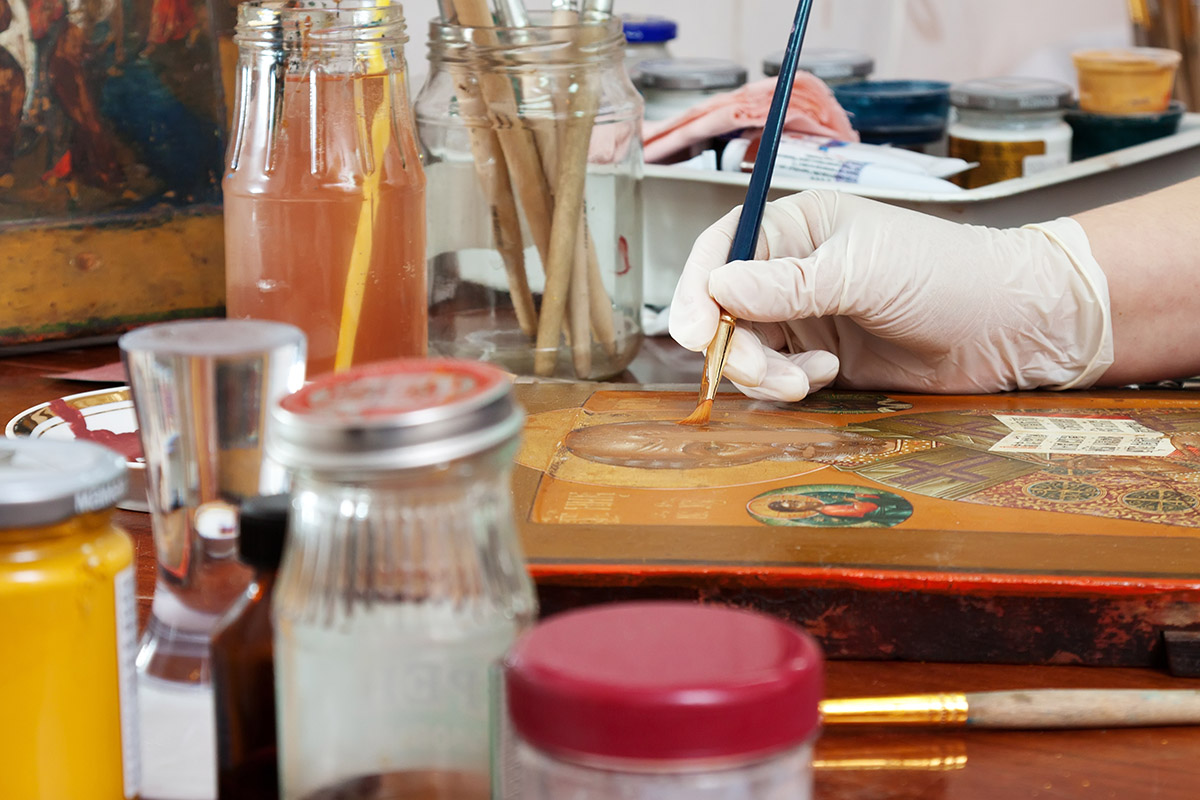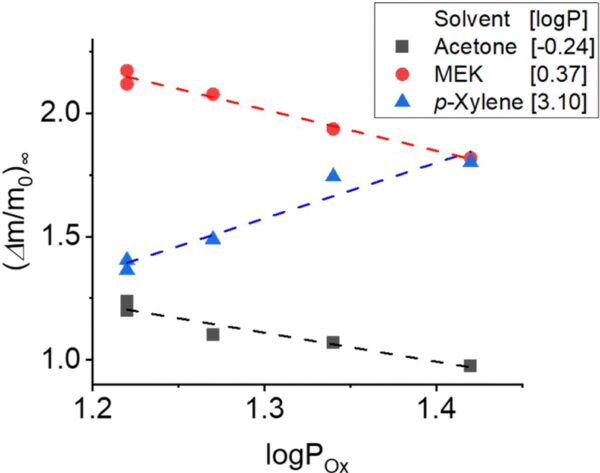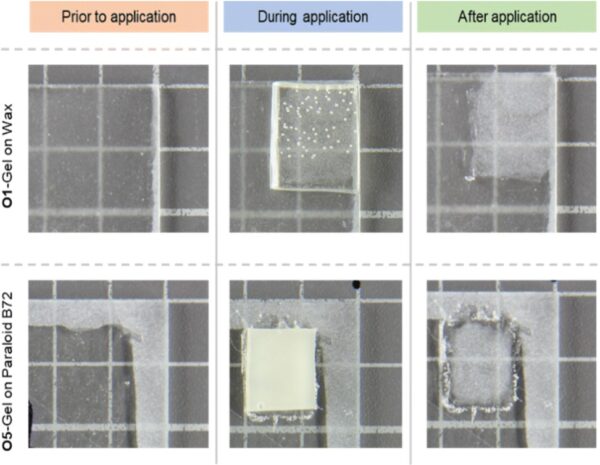Polymer–Based Organogels for Artwork Preservation

Researchers are developing a more environmentally friendly and time-effective material for art preservation.
Polymers and oligomers have a variety of uses in art preservation. They offer benefits such as availability, low cost, easy application, good adhesion, and color saturation. One such use is for cleaning canvas paintings, which can be very sensitive to water and solvents. Over the years, technology improvements have allowed conservators to overcome challenges presented by polymers in the context of art preservation. Synthetic polymers can lead to degradation of works of art due to their transformations under Uv-Vis light, temperature, and humidity. Polymer coatings may also block the pores of wall paintings, leading to the crystallization of salt that can damage murals.
You can also read: Bio-based Solvents for Polyimide Synthesis in Space Applications.
Over the years, art preservation techniques have evolved to meet the needs of various media. In the 1980s, surfactant micelles and oil-in-water microemulsions posed a solution to overcome some of these challenges. Researchers have also designed polymer networks that can confine fluids. Alternatively, aqueous solutions or solvent blends allow controlled release on surfaces sensitive to water or solvents. Another approach utilizes hydrogels formulated from polyacrylamide,66 poly(2-hydroxyethyl methacrylate) (p(HEMA)), poly(vinylpyrrolidone) (PVP), and polyvinyl alcohol (PVA). This approach offers better cleaning control, and the material does not leave a residue on artwork. Hydrogels have demonstrated exemplary performance for cleaning watercolors and poorly-bound painted layers.
A Modern Solution for Antique Artwork
Organogels, which can confine organic solvents, offer a more sustainable complementary cleaning tool for aqueous systems. Castor oil, a renewable resource without impact on the food chain, has potential for a valuable organogel formulation. To investigate the viability of this approach, researchers in Florence, Italy, developed a new class of castor oil-polyurethane organogels.
The researchers used three solvents, all relevant to art conservation, to swell the organogels. These included:
- Acetone: a common solvent for cleaning works of art
- Methyl ethyl ketone (MEK): a versatile solvent that effectively removes synthetic polymer coatings
- p-Xylene: a solvent with a good cleaning capability versus wax, a common finishing layer or contaminant on the surface of art

The castor oil organogels exhibited a larger swelling capacity than that of caster oil gels previously used for art cleaning. Courtesy of New sustainable polymers and oligomers for Cultural Heritage conservation.
One of the materials commonly cleaned from preserved art is Paraloid B72, a thermoplastic resin commonly used in art conservation. The researchers applied Paraloid B72 and wax to frosted glass, which simulated hydrophilic substrates. Then, they used the swelled organogels to remove these substances. The gels swollen with p-xylene and acetone completely removed the coatings after two, 10-minute applications.

The coatings on the frosted glass made them transparent, but the gels restored their original appearance. Courtesy of New sustainable polymers and oligomers for Cultural Heritage conservation.
These gels offer a promising approach to carefully removing undesired coatings and contaminants from works of art. The researchers pose that their design methodology is applicable for tailoring gel networks to diverse types of coatings. Thus, the organogel could function as a one-step cleaning intervention during art preservation.
